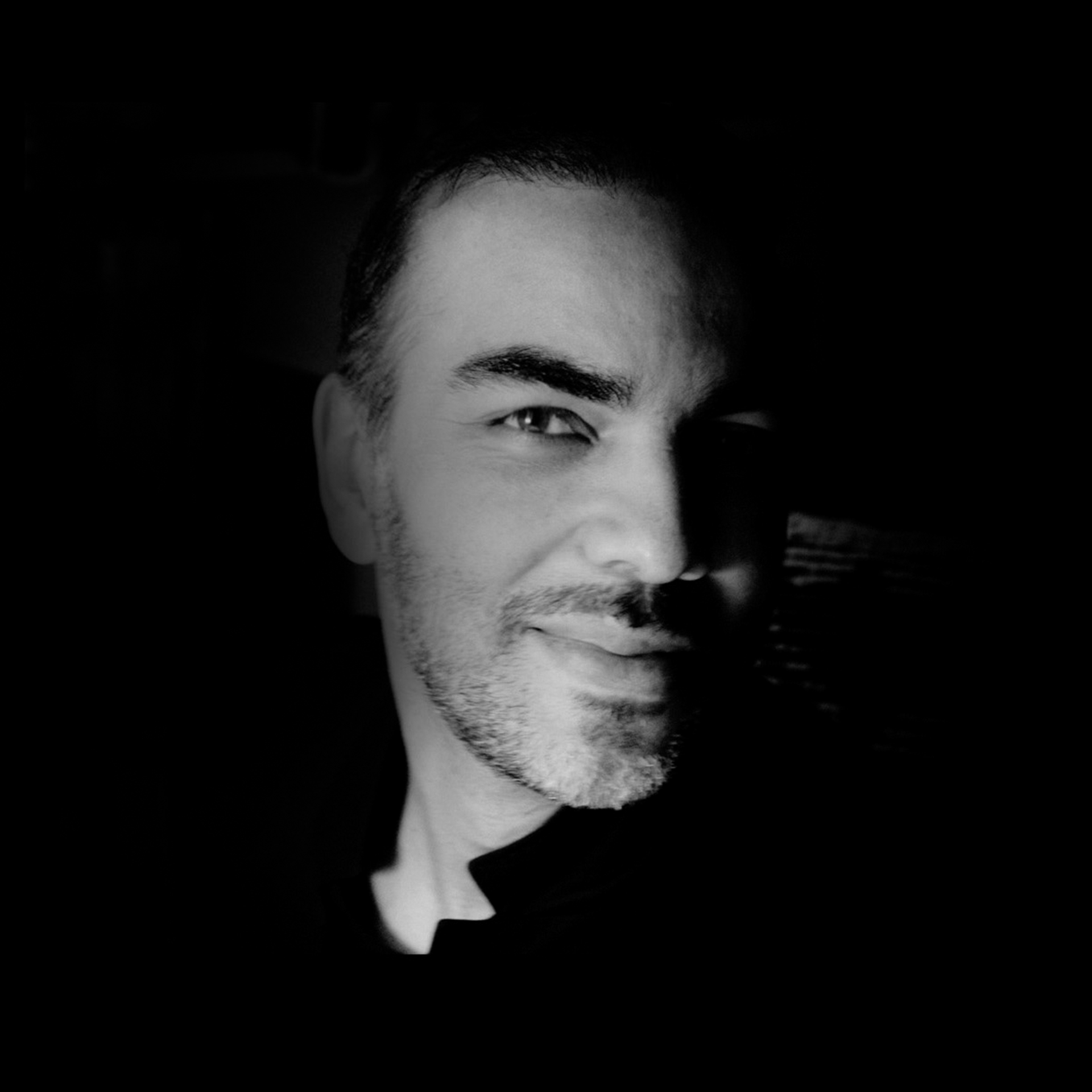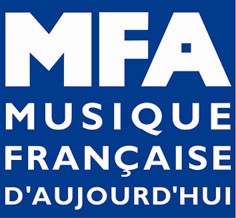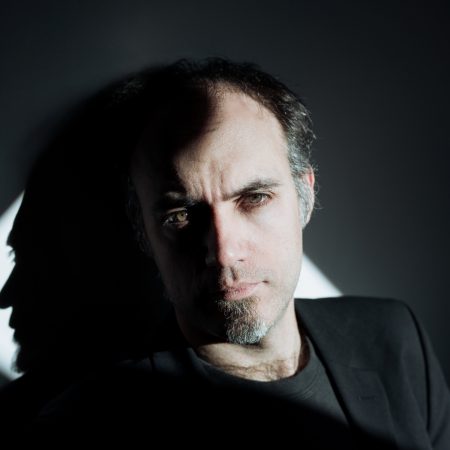Enregistrement

ALIREZA FARHANG
Elikā (2018)
pour violoncelle
Āzar (2013)
pour violon
Hāra (2016)
pour violon et violoncelle
Eiwān (2014)
pour violon, violoncelle et piano
Anagrān (2018)
pour flûte, clarinette, piano, violon et violoncelle
_
Ensemble Court-circuit
Anne Cartel, flûte
Pierre Dutrieu, clarinette
Jean-Marie Cottet, piano
Aya Kono, violon
Frédéric Baldassare, Julien Decoin, violoncelle
Jean Deroyer, direction
Jeux
CRR de Paris
Daniel D’Adamo, Coeli et Terraefor saxophone and double bass
Nicolas Tzortzis, … à une main. Hommage à Roger Federer for ensemble (world premiere)
Martino Traversa, Rimane l’eco for ensemble
Georg Friedrich Haas, Ausweg for ensemble
Musicians of Court-circuit
Saxophone : Vincent David
Violin : Alexandra Greffin-Klein
Double bass : Didier Meu
Conductor : Pierre-André Valade
The surprising instrumental alloy of the double bass and bass saxophone is what Daniel D’Adamo’s Coeli and Terrae relies on. These two instruments become, one after the other, main character and shadow. Their interweaving by rhythms and play modes leads to perceive a “meta-instrument”. In return, homorythmic pursuit and cut leads to moments where tones lose temporarily their identity. The idea of interweaving also affects the form. We will take side roads, backtrack, lose the steps that had guided us to find them again.
“À une main” (one-handedly) by Nicolas Tzortzis is conceived as a short film inspired by a grand slam Roger Federer won. The solo violin confronts consecutively seven opponents, from solo to quintet. It is accompanied and amplified by an instrument from the ensemble, as if electronic process affected its tone. The fourth layer represents what occurs “around”. Played by the instruments that do not take part to the game, rather noisist or neutral, the latter serves a background to the main action
Rimane l’eco By Martino Traversa explores a particular aspect of complexity with an increasing sonorous density, allowed with a process of successive accumulation, and its quick dispersal. The writing is sustained by a precise structural order, gradually complexifying until reaching a certain point of accumulation from which the perceptive image of echo takes form.
The second word of Georg Friedrich Haas work title, weg (path, gone), leaves space to interpretation, and the ambiguity is intention, either “exit door”, “stop, leave” or yet something else. The piece is also a game for ambiguity : it begins with enigmatic piano trills the strings comment, then, by the other instruments according to a fluctuating and hesitating path, with microtonal and the composers typical slippery stretches. The development is uncertain, with sudden curls, and unachieved wanders.
Information
Conservatoire à Rayonnement Régional, 14 rue de Madrid, 75008 Paris
Prices : free entrance
Information and reservations : Ensemble Court-circuit, production@court-circuit.fr, 06 89 16 64 00
RODUCTION
Ensemble Court-circuit
Avec le soutien de Musique française d’aujourd’hui

